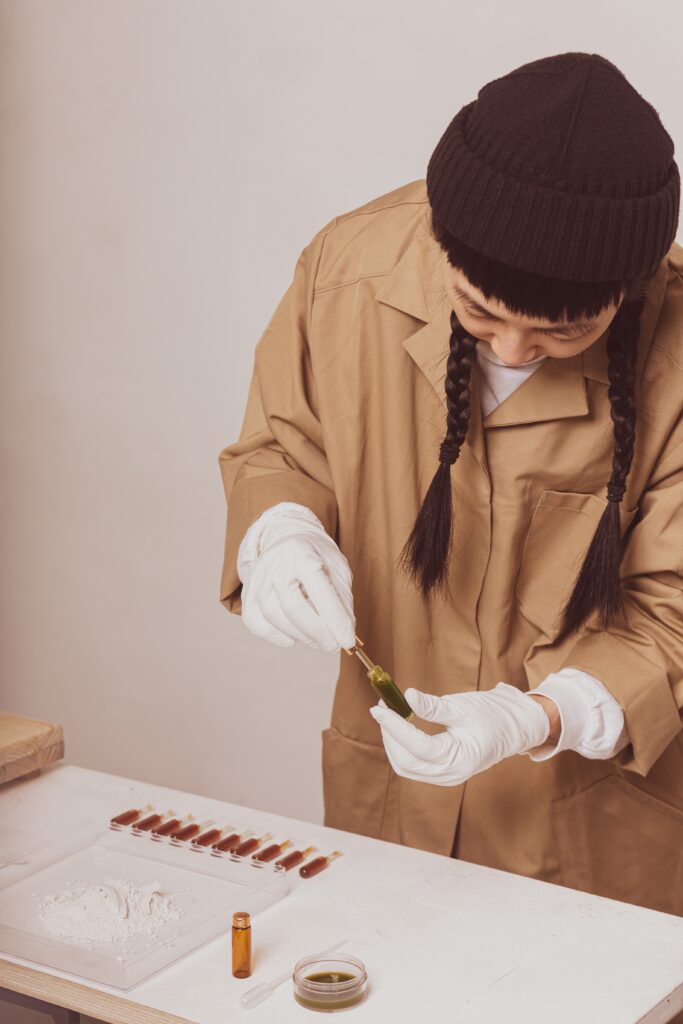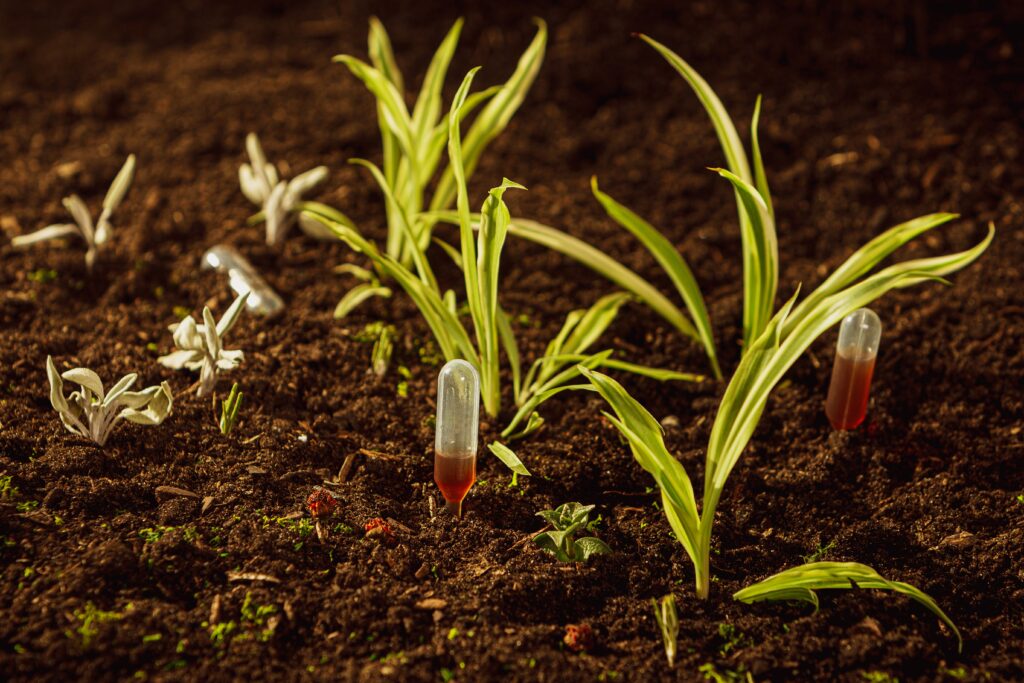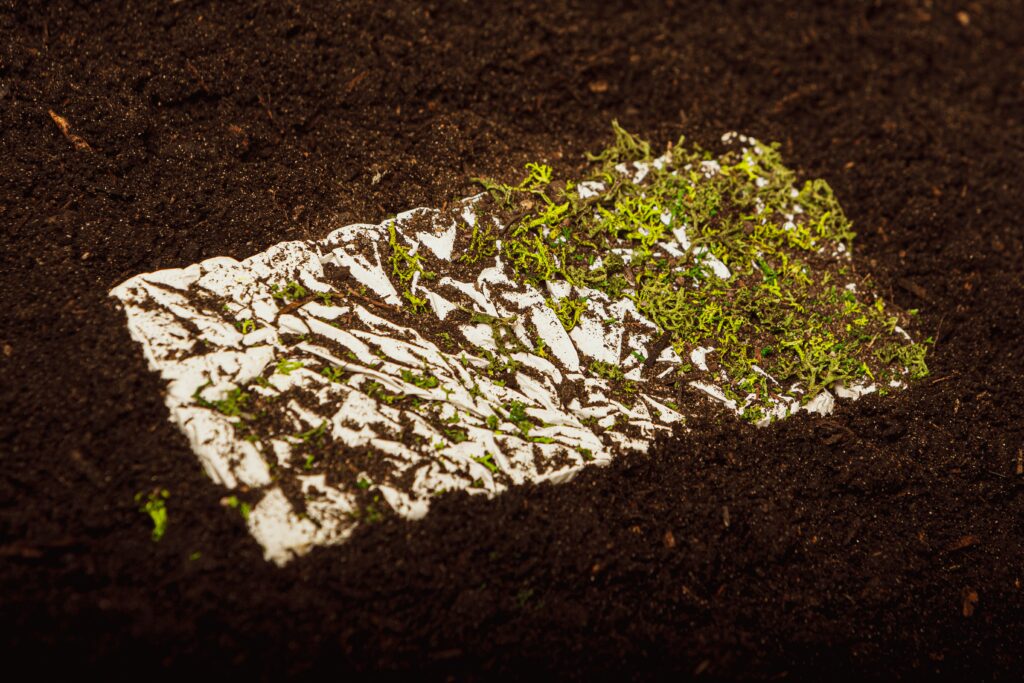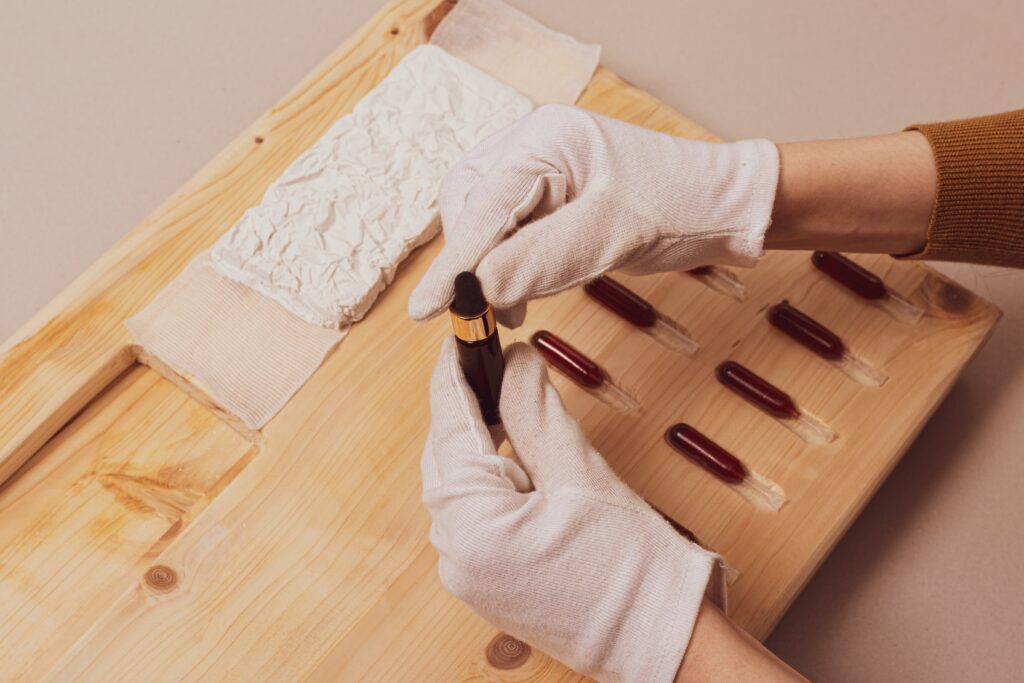ECOLIBIRIUM, WS 20/21
SCENARIO
It's the year 2150, and life goes on. The bleak and dystopian future that was prophesied a century ago never came to pass. Nevertheless, humanity and society in general went through a series of changes over time. Much of the world's population now lives in highly organized, densely populated megacities. For decades, large cities were a result of commercial demands and hasty functional decisions. Megacities, on the other hand, are built from carefully organized and thought-out networks. Every infrastructure, building and system is closely linked to the ideology of the society, the core of which is to maintain a balance with nature and maintain a harmonious relationship with the ecosystem.
With the change in society's values and the advancement of recycling technologies, surplus and waste are reduced to a minimum. Access to clean water is provided through sophisticated water filtration and purification systems, while food is efficiently grown in vertical farms as well as laboratories. Transportation systems are safe, public, and powered by renewable energy.
Despite a sharp increase in life expectancy, mortality remains. And with the ever-growing population, megacities must adapt not only to limited housing, but also to a shortage of burial sites. Traditional forms of burial, such as inhumation and cremation (as well as the storage of urns in columbaria), are no longer practical for reasons of space and the environment, and have long since been replaced by more ecological and holistic alternatives that are more in keeping with people's sense of life and death and their relationship with nature.
To this end, a new interpretation of a botanical garden is being built in the middle of the metropolis as a living monument that will honor the past and reshape the future. In this unique place - a large glass dome, which in form and function initially resembles an ordinary greenhouse - a variety of endangered plant species are cultivated and cared for. In addition to this function, however, the place is also designed as a final resting place for the deceased.
Watering of the plants in the dome is predominantly maintained by the liquid remains produced by alkaline hydrolysis. In this way, people can contribute to the preservation of plant and species diversity even after their death. Thus, in addition to its function as a burial site, the garden in the city also plays an important role in research, recreation and education.
CONCEPT
Ecolibrium, a portmanteau of the words 'eco' and 'equilibrium,' is a series of new burial rites adapted to a more ecological approach to burials in the future.
On the lower level of the dome, deceased bodies are dissolved in water through the process of alkaline hydrolysis. This process of water cremation, through the use of alkali and heat, shortens the natural process of decomposition of a body, which can otherwise take up to 25 years, to three hours. What remains at the end is a clean liquid that can be used as fertilizer for plants, as well as soft, porous white bone fragments that are then processed into ashes.
The key element of the ritual is a wooden board with indentations designed for the ceremony. The board contains a mold that is lined with a layer of gauze. Before the ceremony, the ashes are mixed with water and placed in the lined mold to form a tile. This is a process in which mourners may also participate, if desired.
When the board is completely prepared and the tile is solid, it is carried by the funeral director to the location in the dome where the ceremony will take place. The tile is then removed from the mold and drizzled with a moss starter (a mixture of moss and healthy bacteria). This allows the growth process to begin on the textured tile. The tile is then placed by relatives on an empty area of soil in the dome and over time becomes an element of revegetation.
Some of the liquid remains will be placed in bioplastic capsules made from fallen leaves and flowers from the garden. They are presented to mourners on the board along with the tile. Those in attendance are invited to take a capsule and find a place in the dome to spend a moment of silence and remembrance. The pipette-like capsules allow mourners to symbolically return the deceased person to the earth by inserting the end into the soil and gently pressing, allowing its contents to slowly flow out. Over time, the empty capsules will naturally decompose. The liquid remains that were not put into capsules are available for watering the garden.






